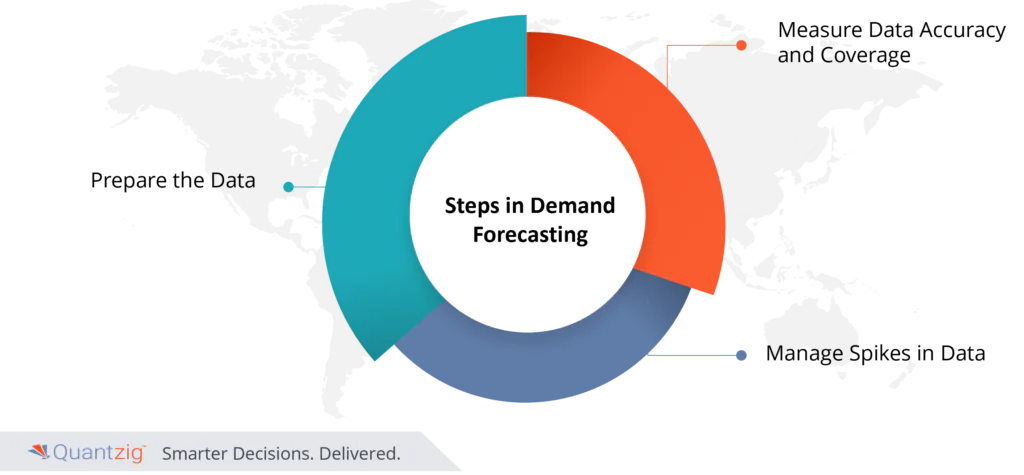Table of Contents
- What is Demand Forecasting?
- Why is Demand Forecasting Important for Consumer Brands?
- The Steps of Demand Forecasting
What is Demand Forecasting?
Demand forecasting is the process of estimating future customer demand for a product or service. It involves analyzing historical sales data, market trends, customer behavior, and other relevant factors to predict future demand with a certain level of accuracy. By understanding future demand, businesses can make informed decisions about production, inventory management, marketing strategies, and resource allocation.
Why is Demand Forecasting Important for Consumer Brands?
Accurate demand forecasting is crucial for consumer brands as it enables them to make strategic financial decisions, manage inventory levels effectively, and optimize production. Without a thorough understanding of demand, businesses risk overstocking or understocking, leading to lost sales, wasted resources, and decreased customer satisfaction.
The Steps of Demand Forecasting
The demand forecasting process involves several key steps that ensure the accuracy and reliability of the forecasts:

Step 1: Data Collection
The foundation of any demand forecasting process is the collection of relevant data. This step involves gathering historical sales data, market research findings, and other information that could influence demand, such as economic indicators or seasonal patterns.
Step 2: Data Analysis
Once data is collected, the next step is to sift through it to identify patterns, trends, and anomalies. This analysis can be performed using various statistical tools and models designed to make sense of large datasets.
Step 3: Model Selection
Choosing the right forecasting model is pivotal. The selection is based on the insights gained during data analysis, considering the nature of the data, the industry context, and specific business needs.
Step 4: Forecast Generation
With a model selected, the next step is to generate the demand forecast. This involves applying the chosen model to the data, resulting in a prediction of future demand.
Step 5: Review and Adjustment
The final step is to review and adjust the forecast based on real-world outcomes. This involves continuously monitoring the accuracy of forecasts and updating the models as new data becomes available.
By following these steps and incorporating best practices, businesses can improve the accuracy of their demand forecasts, make better decisions, and drive growth.
Effective demand forecasting is a cornerstone of successful supply chain management and business planning. Organizations that can accurately predict future demand for their products or services gain a competitive edge by optimizing inventory levels, minimizing stockouts, and ensuring customer satisfaction. Achieving successful demand forecasting requires a strategic and systematic approach. In this discussion, we will explore four vital steps that organizations can follow to enhance their demand forecasting processes and achieve optimal results.
Way forward for Demand Forecasting
In conclusion, successful demand forecasting is a strategic imperative for organizations aiming to optimize their supply chain, enhance customer satisfaction, and achieve sustainable growth. By diligently following the four vital steps of data collection and analysis, selection of forecasting methods, integration of external factors, and continuous monitoring and refinement, organizations can establish a robust demand forecasting framework. Embracing the dynamic nature of markets and leveraging advanced analytics tools empower organizations to make informed decisions, respond proactively to market changes, and stay ahead in today’s competitive business landscape.


